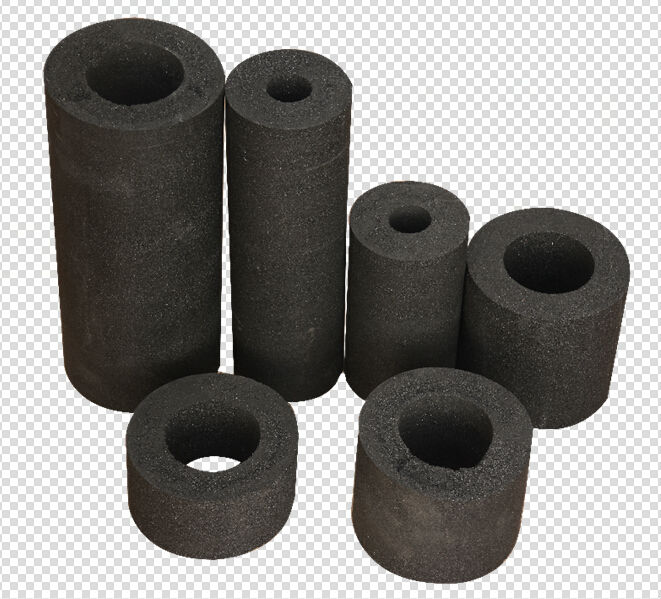Granular Activated Carbon (GAC) is known the world over as being effective in cleaning water. Carbon is used in home drinking water systems, portable personal drinking bottles, municipal and industrial treatment systems as well as for the removal of chemicals in environmental mishaps. Let’s take a closer look at this wunderkind of water treatment.
First of all, where does GAC come from? Most of it comes from either coconut shells or clam shells. The short version is that the raw material is mechanically crushed and then burned into what we commonly see as a powder or as it is named, granular substance. GAC is produced in various sizes, rated by a convention called mesh sizes. Different sizes of carbon provide different properties and specific filtration capabilities.

If you have ever purchased a carbon filter, most likely the filter was wrapped in a neat, white cover, and perhaps even had a protective plastic netting finishing off the look. If you were to cut one of these packaged filters open, you would find something that looks like this picture. The Raw Carbon Block.
GAC works via the mechanism of adsorption. Adsorption, which is different from absorption is defined as “adhesion of atoms, ions, or molecules from a gas, liquid, or dissolved solid to a surface.” GAC is very effective at capturing chlorine and chloramines, products typically used in the killing of bacteria in municipal water systems. For this reason, GAC is very popular among consumers who do not like the smell and taste of chlorine in their drinking water.
In my posts about Chlorine (What’s in Your Water, Parts 1 & 2) we learn that once GAC removes chlorine from our water, bacteria are free to grow and make our water unhealthy to drink. To counteract this phenomenon many manufacturers of GAC filters and consumer drinking water products impregnate their GAC with silver to prohibit bacterial growth.
In our next installment, we will look deeper into how carbon is used in applications other than drinking water.







